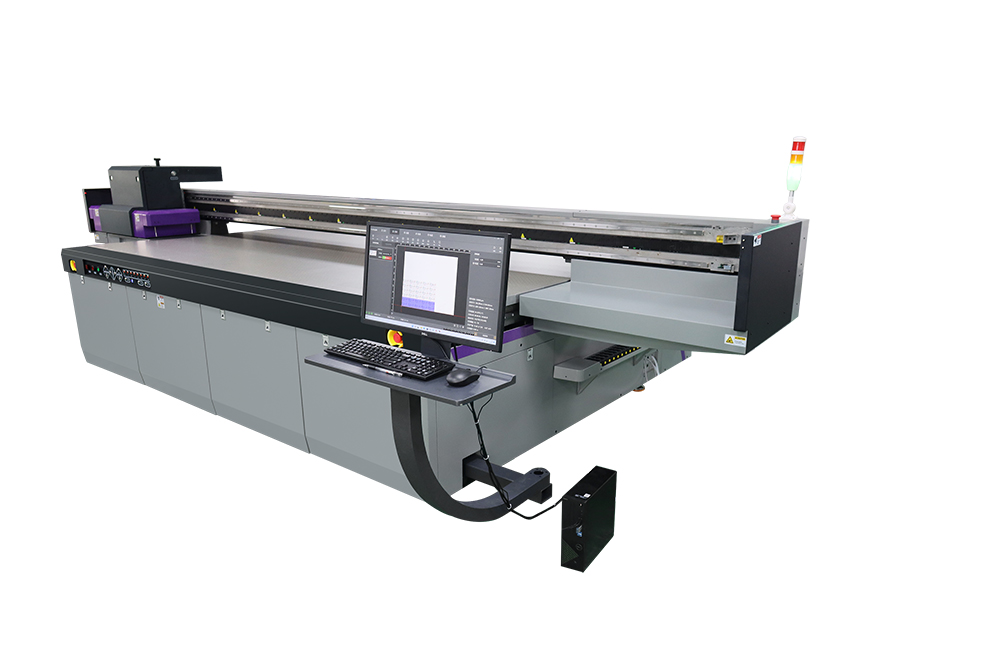UV Flatbed Printer: Common Mistakes to Avoid
UV Flatbed Printer: Common Mistakes to Avoid
UV flatbed printers have revolutionized the printing industry, offering versatility, precision, and efficient production capabilities. These printers can print on various materials, including glass, metal, plastic, wood, and more, making them a popular choice for businesses in need of high-quality, durable prints. However, like any other technology, operating a UV flatbed printer requires careful handling and attention to detail to avoid common mistakes that can compromise print quality, increase downtime, and raise operational costs. In this article, we will discuss the most common mistakes to avoid when using a UV flatbed printer, ensuring optimal performance and longevity.

1. Inadequate Preparation of Print Surfaces
One of the most critical aspects of UV flatbed printing is ensuring that the print surface is properly prepared. Inadequate preparation can lead to poor ink adhesion, resulting in smudging, peeling, or complete failure of the print. Common mistakes include not cleaning the surface thoroughly to remove dust, oil, or contaminants, and not applying the appropriate pretreatment if necessary.
To avoid these issues, always clean the print surface with an alcohol-based cleaner or an adhesive remover specifically designed for UV printing. For materials that are difficult to print on, such as certain plastics or metals, consider using a pretreatment solution to enhance ink adhesion. Additionally, ensure the surface is dry before printing to prevent ink from bleeding or spreading.
2. Incorrect Ink Curing Settings
UV flatbed printers use UV light to cure the ink instantly after it is applied to the material. Incorrect curing settings can lead to a range of problems, including ink that is too soft (resulting in poor adhesion and smudging), ink that is too hard (leading to cracking or brittleness), or ink that cures unevenly (causing a mottled appearance).
To avoid these issues, it is essential to understand the specific curing requirements of your ink and material combination. Consult your printer and ink manufacturer’s guidelines for recommended curing settings, and conduct test prints to dial in the optimal settings for your specific application. Regularly check and clean the UV lamps to ensure consistent curing performance.
3. Neglecting Printer Maintenance
Like any machine, UV flatbed printers require regular maintenance to ensure optimal performance and longevity. Neglecting maintenance tasks can lead to a host of issues, including clogged print heads, misaligned print beds, and failed components.
Develop a regular maintenance schedule that includes cleaning print heads, checking and adjusting print bed alignment, inspecting and replacing worn or damaged parts, and keeping the printer’s firmware up to date. Adhering to this schedule will minimize downtime and prevent costly repairs.
4. Using Low-Quality or Incompatible Inks
The quality of your ink directly impacts the quality of your prints. Using low-quality or incompatible inks can result in poor color saturation, reduced durability, and increased risk of ink failure (such as cracking or fading).
Always use inks specifically designed for UV flatbed printing and approved by your printer manufacturer. These inks are formulated to provide optimal adhesion, color saturation, and durability when cured with UV light. Using third-party inks may save money in the short term, but can lead to significant issues and additional costs in the long run.
5. Improper Print Bed Calibration
Print bed calibration is crucial for achieving precise, high-quality prints. Improper calibration can result in misalignment, banding, or other print quality issues. Common calibration mistakes include not performing calibration regularly, using incorrect calibration methods, or attempting calibration without the necessary tools or expertise.
Follow your printer manufacturer’s calibration guidelines, and use the provided tools and software to ensure accurate calibration. If you are unsure how to perform calibration correctly, consult your printer’s user manual or seek assistance from a trained technician. Regularly checking and recalibrating your print bed will help maintain consistent print quality.
6. Overloading the Print Bed
UV flatbed printers have a maximum weight and size capacity for the materials they can print on. Overloading the print bed can cause print quality issues, such as banding or misalignment, and can also damage the printer’s components.
Always check your printer’s specifications to ensure you are not exceeding its maximum weight or size capacity. If necessary, break larger jobs into smaller, manageable pieces that can be printed individually. This will help protect your printer and ensure consistent print quality.
7. Neglecting Color Management
Color management is essential for achieving accurate, consistent color reproduction in UV flatbed printing. Neglecting color management can result in color inconsistencies, poor color matching, and reduced print quality.
Use a color management system that includes ICC profiles specifically designed for your printer, ink, and material combination. Regularly calibrate your printer and monitor color output to ensure consistent, accurate color reproduction. If you are unsure how to set up or manage your color system, consider consulting a color management expert.
Conclusion
UV flatbed printers offer incredible versatility and print quality, but they also require careful handling and attention to detail to avoid common mistakes. By preparing print surfaces adequately, using the correct ink curing settings, maintaining your printer regularly, using high-quality inks, calibrating your print bed properly, avoiding overloading the print bed, and managing color effectively, you can ensure optimal performance and longevity from your UV flatbed printer. By avoiding these common mistakes, you will minimize downtime, reduce operational costs, and produce high-quality prints that meet or exceed your customers’ expectations.
